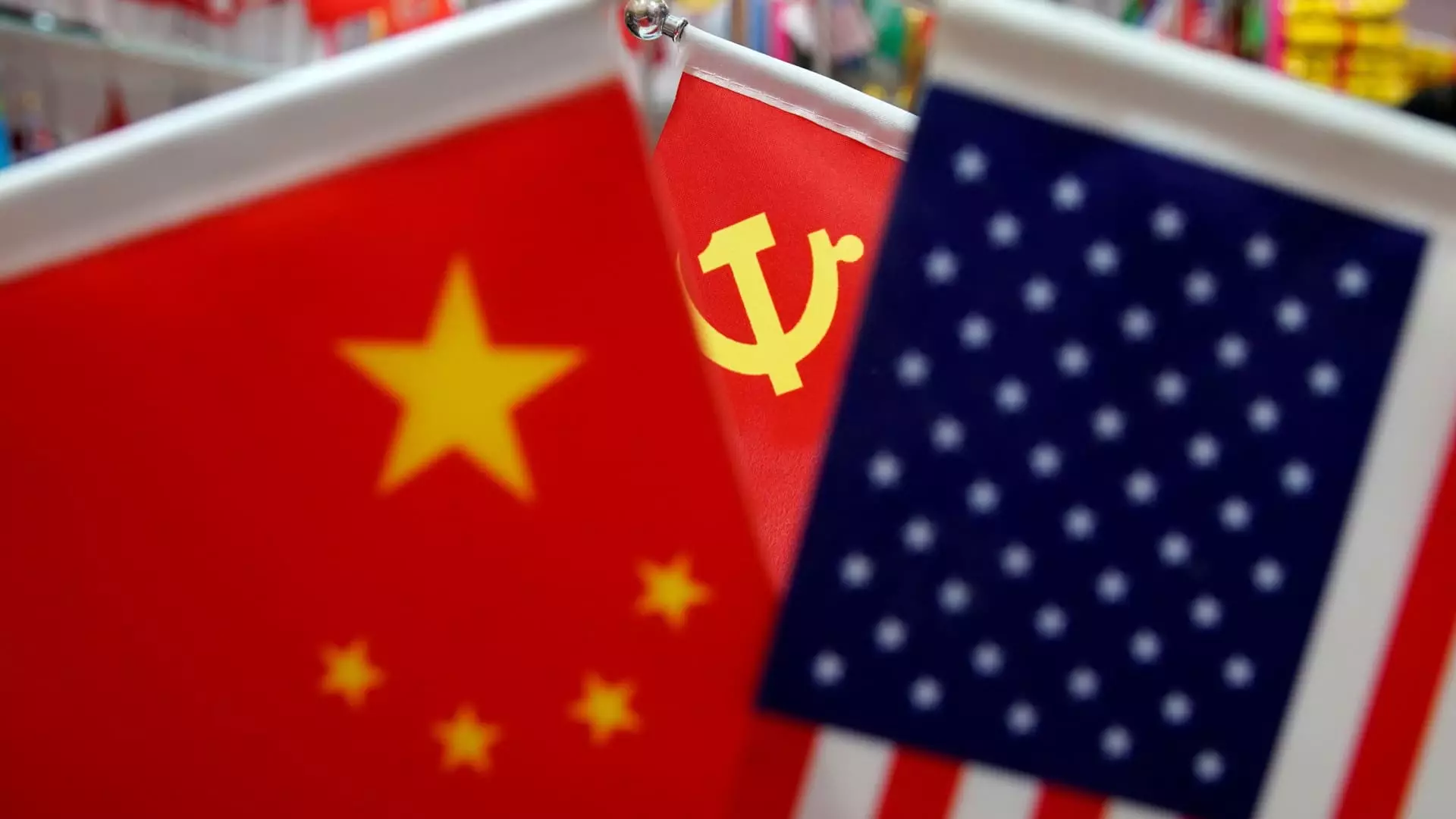The intricate web of diplomatic relations between the United States and China seems to be tightening, with each frayed thread tugged by various geopolitical tensions. President Donald Trump’s recent remarks reveal a stark reality: navigating a trade agreement with China’s President Xi Jinping is nothing short of a Sisyphean challenge. Trump’s candid acknowledgment that making a deal is “extremely hard” underscores the deep-rooted complexities that characterize Sino-American relations. As both nations grapple with tariffs, trade regulations, and a shifting global landscape, the rhetoric surrounding trade negotiations becomes increasingly fraught with tension.
In a climate ripe with uncertainty, Trump’s candid observations on Truth Social reflect both frustration and a glimmer of respect towards Xi—a dichotomy that encapsulates the tumultuous nature of their interactions. With trade talks reportedly “a bit stalled,” the need for direct dialogue between the two leaders becomes paramount. Yet whether such a dialogue can materialize, free from the specter of surprises and unilateral actions, remains uncertain. It challenges the very essence of what diplomacy should achieve: mutual respect and understanding.
The Stakes of Trade Talks
Both Beijing and Washington find themselves at a crossroads, with mutual accusations regarding violations of previously agreed-upon terms. A trade agreement reached on May 12, which carried a promise of a 90-day suspension of tariffs, now appears to be in jeopardy, as China has not taken significant steps to lift restrictions on rare earths exports. This development has significant implications—not only for trade but also for the broader tech competition that underscores the U.S.-China rivalry.
The stakes are monumental, stretching beyond economics into the realm of national security and technological supremacy. Washington’s forthcoming measures to revoke visas for Chinese students signify a shift in approach, one that may hinder the academic exchanges that have historically fostered deeper ties between the two nations. Trump’s administration appears keen on enforcing a strategy that prioritizes American interests, even at the expense of the collaborative spirit once envisioned.
The Dialogue Dilemma
As discussions in the diplomatic arena evolve, the nuanced exchanges become critical. Recent interactions involving U.S. Ambassador David Perdue and Chinese Foreign Minister Wang Yi revealed a compelling dynamic. For China, it is essential to deeply understand Trump’s posture, ensuring Xi isn’t left publicly vulnerable after any direct communication. The stakes of miscommunication during a phone call could be detrimental; hence, the emphasis on building trust becomes paramount.
This tactic of gaining trust highlights a reality that transcends mere negotiation—successful diplomacy hinges on the establishment of rapport. Yet, the complexities deepen as regional tensions rise, and the acknowledgment of the importance of topics such as trade and immigration takes center stage. The starkly different approaches adopted by the two nations reveal the need for a delicate balancing act—a tightrope walked not only by political leaders but also by economic strategists.
Trust: The Currency of Diplomacy
As analysts weigh in, like Evercore ISI’s Neo Wang, it becomes evident that any forthcoming dialogue will require a carefully choreographed approach by both nations. Trust must be nurtured; ambiguity will likely lead to increased animosity rather than solutions. The anticipation surrounding potential discussions between Trump and Xi emphasizes this need for clarity, as both leaders prepare to navigate one of the most challenging agreements their administrations face.
The question of whether these discussions can yield unparalleled cooperation looms large. China’s insistence that the American administration’s actions are based on “groundless reasons” suggests a fracture in perception that must be addressed with tact. Dialogue, when approached with strategic foresight, could either revive a path toward productive interactions or exacerbate existing rifts in perceptions and policies.
As the narrative continues to evolve, it remains crucial for both nations to remain grounded in transparency while pursuing their national interests. By fostering an environment conducive to constructive communication, there lies potential for consequential diplomatic advancements. In the fraying world of U.S.-China relations, the challenge is clear: understanding each other—not as adversaries, but as sovereign nations striving for coexistence in an increasingly interconnected world.

